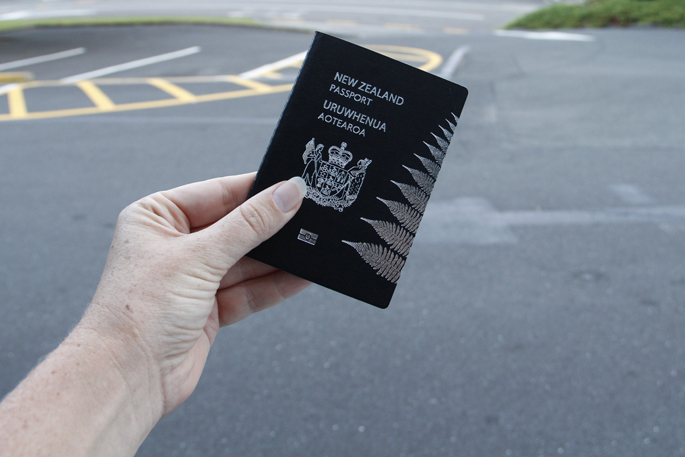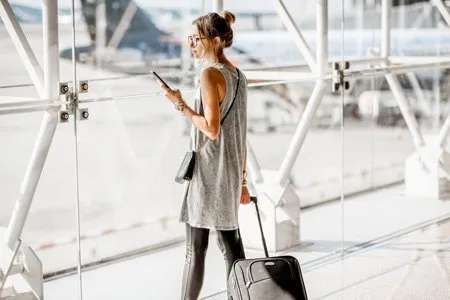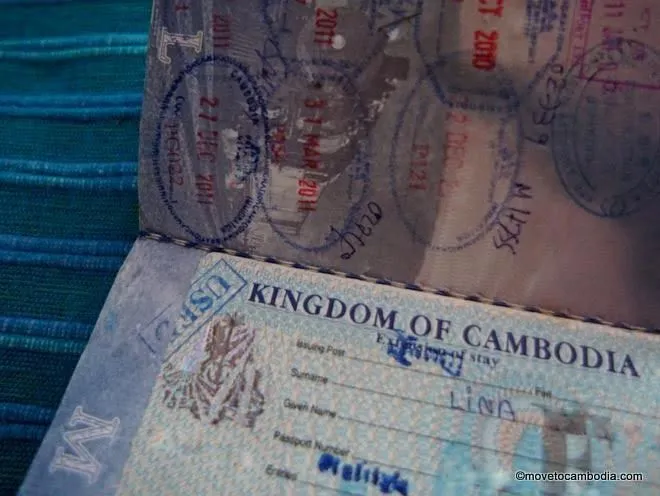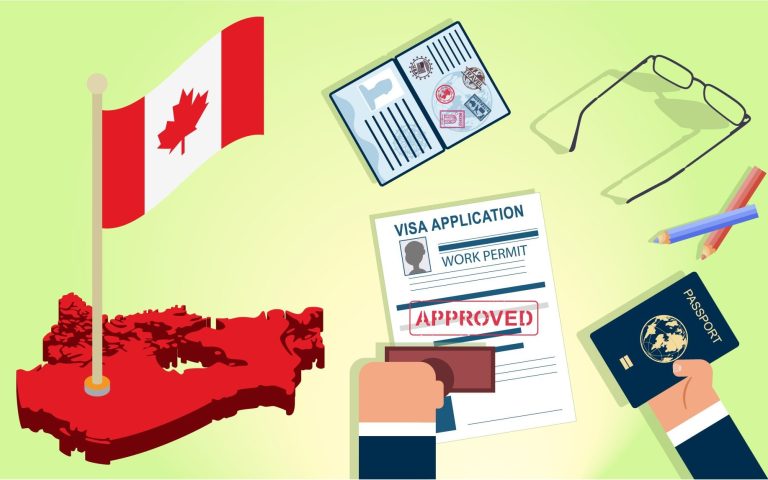The Ultimate Guide to Obtaining a Tourist Visa for India: Tips and Tricks
Dreaming of exploring the vibrant culture, breathtaking landscapes, and rich history of India? Well, before packing your bags and booking your flight tickets, you need to obtain a tourist visa. But don’t worry! We’ve got you covered with our ultimate guide to obtaining a tourist visa for India. From filling out the application form to preparing necessary documents and avoiding common mistakes – we’ll provide you with all the essential tips and tricks that will make your visa application process smooth sailing. So get ready to embark on an unforgettable adventure in this beautiful country! TOURIST VISA FOR INDIA
Introduction to Indian Visas
If you’re planning a trip to India, you’ll need to obtain a tourist visa. The process can seem daunting, but we’ve got all the information you need to know right here.
The first step is to determine which type of visa you need. If you’re only staying for a short period of time, you’ll need a tourist visa. There are two types of tourist visas: e-Visas and regular visas. The e-Visa is obtained online and is valid for 60 days, while the regular visa must be obtained from an Indian consulate or embassy and is valid for up to 90 days.
Once you’ve determined which type of visa you need, the next step is to gather the required documents. For both types of visas, you’ll need a passport that’s valid for at least six months from your date of entry into India. You’ll also need two recent passport-sized photographs. If you’re applying for an e-Visa, you’ll also need a credit or debit card to pay the application fee. If you’re applying for a regular visa, you’ll need to submit your application form and supporting documents to an Indian consulate or embassy.
The last step is to actually obtain your visa. For an e-Visa, this simply involves completing the online application form and paying the fee. For a regular visa, this involves mailing in your application form and supporting documents or appearing in person at an Indian consulate or embassy (
Types of Indian Visas
- Tourist Visa: This is the most common type of visa for travelers who are visiting India for leisure, business, or to meet family and friends. It allows you to stay in the country for up to six months.
- Business Visa: This type of visa is for travelers who are coming to India on business matters. It allows you to stay in the country for up to one year.
- Student Visa: This type of visa is for students who are coming to India to study at an educational institution. It allows you to stay in the country for the duration of your studies, up to five years. BUSINESS VISA FOR INDIA
- Employment Visa: This type of visa is for foreign nationals who are coming to India to take up employment with an Indian company. It allows you to stay in the country for up to two years.
Steps Involved in Obtaining an Indian Visa
The process of obtaining a tourist visa for India can be confusing and time-consuming. However, by following the steps below, you can make the process as smooth and easy as possible.
- Research the requirements for an Indian visa. Depending on your nationality, you may need to provide additional documents or information.
- Fill out the online visa application form completely and accurately. Be sure to include all required attachments.
- Pay the visa fee using a credit card or debit card. Fees vary depending on your nationality and the type of visa you are applying for.
- Schedule an appointment for your visa interview at a nearby Indian consulate or embassy. Bring all required documents with you to your interview, including your passport, photos, and proof of travel plans.
- Attend your visa interview and answer all questions truthfully. If your application is approved, you will be asked to submit your passport for stamping.
- Wait for your passport to be returned with your Indian visa inside. Once you receive it, double-check the expiration date and make sure all information is correct before packing for your trip!
Documents Required for an Indian Visa
There are a few documents that you will need in order to apply for an Indian visa, including:
- A valid passport – Your passport should be valid for at least six months from the date of your planned arrival in India.
- A completed visa application form – You can obtain the visa application form from the Indian embassy or consulate where you will be applying for your visa.
- Two recent passport-sized photographs – These should be taken against a white background and should show your full face without obstruction.
- Proof of onward travel – You will need to provide proof of onward travel out of India, such as an airline ticket or confirmation of your return flight home.
- Supporting documents – Depending on your reason for traveling to India, you may need to provide additional supporting documents, such as a business letter or invitation, hotel reservation, or tour itinerary.
Tips and Tricks to Make the Process Easier
- Start your application as early as possible: The earlier you start your application, the better. This will give you more time to gather all the required documents and information, and to make any corrections that may be needed.
- Get help from a professional: Applying for a tourist visa can be a complicated process. If you need help, consider hiring a professional visa service. They can guide you through the entire process and help ensure that your application is complete and accurate.
- Gather all required documents: Before beginning your application, make sure you have all of the required documents. This includes things like your passport, photos, proof of travel plans, and more.
- Pay attention to detail: When filling out your application, be sure to pay attention to detail. Any mistakes could delay the processing of your visa or even result in your application being denied.
- Be prepared for an interview: Some applications require an interview with a consulate officer. Be prepared for this by practicing answering common questions about your travel plans and reasons for wanting to visit India
Common Mistakes to Avoid
There are a few common mistakes that people make when trying to obtain a tourist visa for India which can often lead to delays or even rejected applications. Some of the most common mistakes include:
-Not completing the application form correctly or providing all of the required information and documentation.
-Incorrectly calculating the length of stay you require on your visa.
-Applying for the wrong type of visa (for example, applying for a business visa instead of a tourist visa).
-Not allowing enough time for the application process – it can often take several weeks to receive a decision on your application.
-Attempting to enter India with an expired passport.
-Not having sufficient funds available to support yourself during your stay in India.
-Failing to provide proof of onward travel out of India (for example, an airline ticket).
If you can avoid making these mistakes then you will greatly increase your chances of having your tourist visa application approved.
Cost Considerations
When applying for a tourist visa for India, it is important to be aware of the various costs that may be involved. The cost of the visa itself will vary depending on your country of citizenship, as well as the length of stay you are looking for. In addition, there may be other fees associated with the application process, such as a processing fee or an interview fee.
It is also important to consider the cost of travel to and from India when planning your trip. Flights to India can be expensive, especially during peak travel times. Once in India, you will need to pay for accommodation and food, as well as any activities or excursions you plan on doing. All of these costs can add up, so it is important to do some research in advance and budget accordingly.
Alternatives to Obtaining an Indian Visa
There are a few alternatives to obtaining an Indian visa for those who are looking to visit the country. One option is to obtain a business visa, which can be done by providing proof of business ties to India. Another option is to apply for a student visa if you are planning on studying in India. There are also media visas and religious visas that can be obtained in some cases.
Conclusion
Applying for a tourist visa to India is not always an easy task, but with the right tips and tricks it can be done. With this ultimate guide to obtaining a tourist visa for India, you should have all the information that you need in order to obtain your passport and make sure that you get through the process quickly and easily. Whether you are looking to explore the majestic Taj Mahal or experience some of India’s vibrant culture, having a valid visa is essential if you want to travel without any problems. Good luck on your journey!






